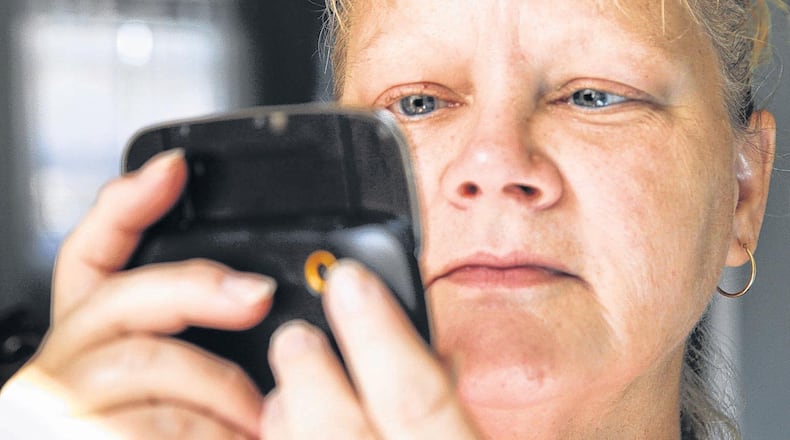American cellphone owners last year received about 4.5 billion spam text messages, more than double the 2.2 billion received in 2009, according to Ferris Research, a market research firm that tracks mobile spam.
A recent Pew Research Center report found that 69 percent of cellphone owners who use text messaging said they get unwanted spam text messages. Of those texters, 25 percent face problems with unwanted spam texts at least weekly.
The Federal Communications Commission reported that unwanted telemarketing calls and texts were among the top three consumer complaints in 2011.
DeWine said his office has received about two dozen complaints this year about text message spam, which is “just a fraction of what actually occurs.”
“I would expect it to continue to go up for the foreseeable future,” he said.
Spammers have the ability to send thousands of texts at once using automated dialing devices “programmed for every conceivable number,” DeWine said. A response indicates they have reached a working number.
“They want to know there is a live person on the other end and they want data,” DeWine said.
Unwanted messages sent to wireless phones and devices can be intrusive and costly, according to the FCC.
Not all spam texts are harmful, but some are devious attempts to collect your personal data, which can be sold to marketers or used to access your financial accounts.
Smartphone users who tap on a malicious link could be unwittingly signing up for bogus services with hidden, monthly phone bill charges as high as $9.99. “What we recommend is don’t respond in any way,” DeWine said.
DeWine’s office also suggests only submitting your cellphone number to websites that you know and trust. For example, Internet sites that offer “free” ringtone downloads may use the number you provide to send unwanted advertising to your phone.
Unsolicited text messages are “an annoyance,” said Renee Knapke of Centerville, who uses her cellphone for business and receives two to three spam texts per week.
Spam texts to her husband’s phone, which doesn’t have an unlimited messaging plan, add 10 cents each to Knapke’s monthly phone bill.
“There is no spot on my phone that says I can mark it as spam,” Knapke said. “And I don’t dare reply, because if I do they will know they have a valid number.”
Knapke said she deletes all spam texts and checks her phone bill every month for any unauthorized charges.
Mobile spam is illegal under two federal laws — the 2003 Controlling the Assault of Non-Solicited Pornography and Marketing (CAN-SPAM) Act and the Telephone Consumer Protection Act.
The FCC’s CAN-SPAM ban covers messages sent to cellphones if the message uses an Internet address that includes an Internet domain name. However, the ban doesn’t cover “short messages” (SMS) sent from one mobile phone to another that do not use an Internet address. SMS codes typically have four, five or six-digit numbers.
DeWine said it can be “extremely difficult” to track spammers, many of whom operate from outside the U.S.
The Middle East, Africa and Central America are the dominant origination regions for spam, according to Cloudmark, a San Francisco-based anti-spam software company.
Cloudmark’s Global eMessaging Threat Report released last month found that the number of text spam pitches increased 110 percent during the first quarter of 2012.
Free gift card offers were the top text scam, nearly doubling from 28 percent of all text scams during the first quarter to 53 percent in the second, the report said. The gift card scam asks users to take a survey and divulge personal information to the scammers, similar to email “phishing” frauds. In mobile terms, the SMS scams are known as “smishing.”
The mobile phone industry in March joined with Cloudmark on a new reporting service that lets users forward spam text messages to “7726,” a number that spells “SPAM” on traditional phone keypads.
“It is through these messages from our customers that we can assemble information to help us fight spam texts,” said Holly Hollingsworth, an AT&T spokeswoman. The information can be used to start an investigation and block mobile numbers that send spam.
There is no charge to report mobile spam, and messages forwarded to 7726 don’t count toward customers’ data usage or voice packages, Hollingsworth said.
About the Author
